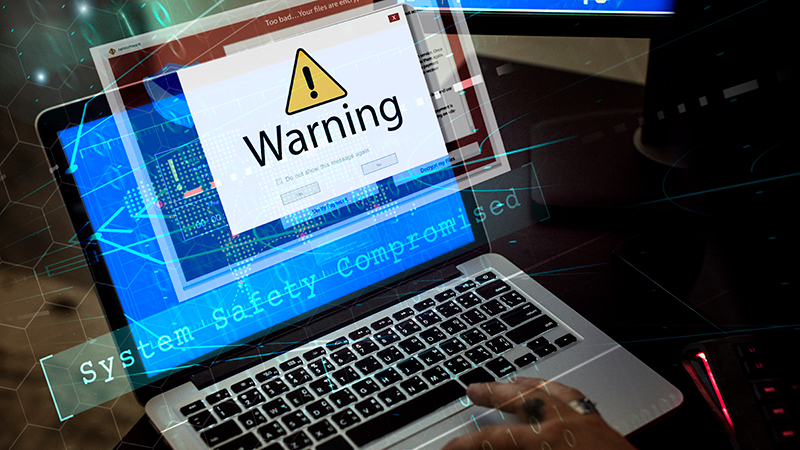
In today’s digital age, email phishing has become a widespread cyber threat, posing significant risks to individuals and organizations alike. Cybercriminals use deceptive tactics to trick unsuspecting victims into divulging sensitive information or downloading malicious content. However, with a keen eye and a little knowledge, you can protect yourself from falling victim to these scams. In this article, we will explore how to spot an email phishing campaign and safeguard your online presence.
Spotting an Email Phishing Campaign
Check the sender’s email address:
- Inspect the sender’s email address carefully for any misspellings or subtle alterations that mimic legitimate domains.
- Hover your mouse over the sender’s name to reveal the actual email address. Ensure it matches the claimed source.
Analyze the salutation and language:
- Phishing emails often use generic salutations like “Dear Customer” instead of addressing you by your name.
- Poor grammar, spelling errors, and an urgent tone are red flags, as reputable organizations maintain professional standards.
Scrutinize hyperlinks and buttons:
- Hover over links without clicking to preview the URL. Watch for inconsistencies between the displayed link and the actual destination.
- Beware of shortened URLs or URLs containing suspicious domain names.
Be cautious of requests for personal information:
- Legitimate entities seldom request sensitive data like passwords, Social Security numbers, or credit card details via email.
- Be especially wary of urgent requests, warnings of account closure, or promises of unexpected rewards.
Examine the email’s content:
- Phishing emails often contain alarming messages designed to provoke an immediate response.
- Watch out for emails claiming you have won a prize or lottery you never entered, or soliciting money for dubious causes.
Verify the email’s context:
- Be skeptical of emails claiming to be from a reputable organization, but the content does not align with your previous interactions with them.
- Contact the organization directly using their official website or phone number to verify the email’s authenticity.
Check for the presence of attachments:
- Exercise caution when opening email attachments, especially from unknown sources, as they may contain malware or viruses.
Phishing attacks are constantly evolving, making it crucial for internet users to remain vigilant and informed. By being aware of the common signs of an email phishing campaign, you can protect your sensitive information and reduce the risk of falling prey to cybercriminals.
Remember to verify the authenticity of emails, scrutinize their content and links, and report suspicious messages to relevant authorities. Staying alert and implementing these practices will go a long way in ensuring your online safety.
STAY IN THE LOOP

